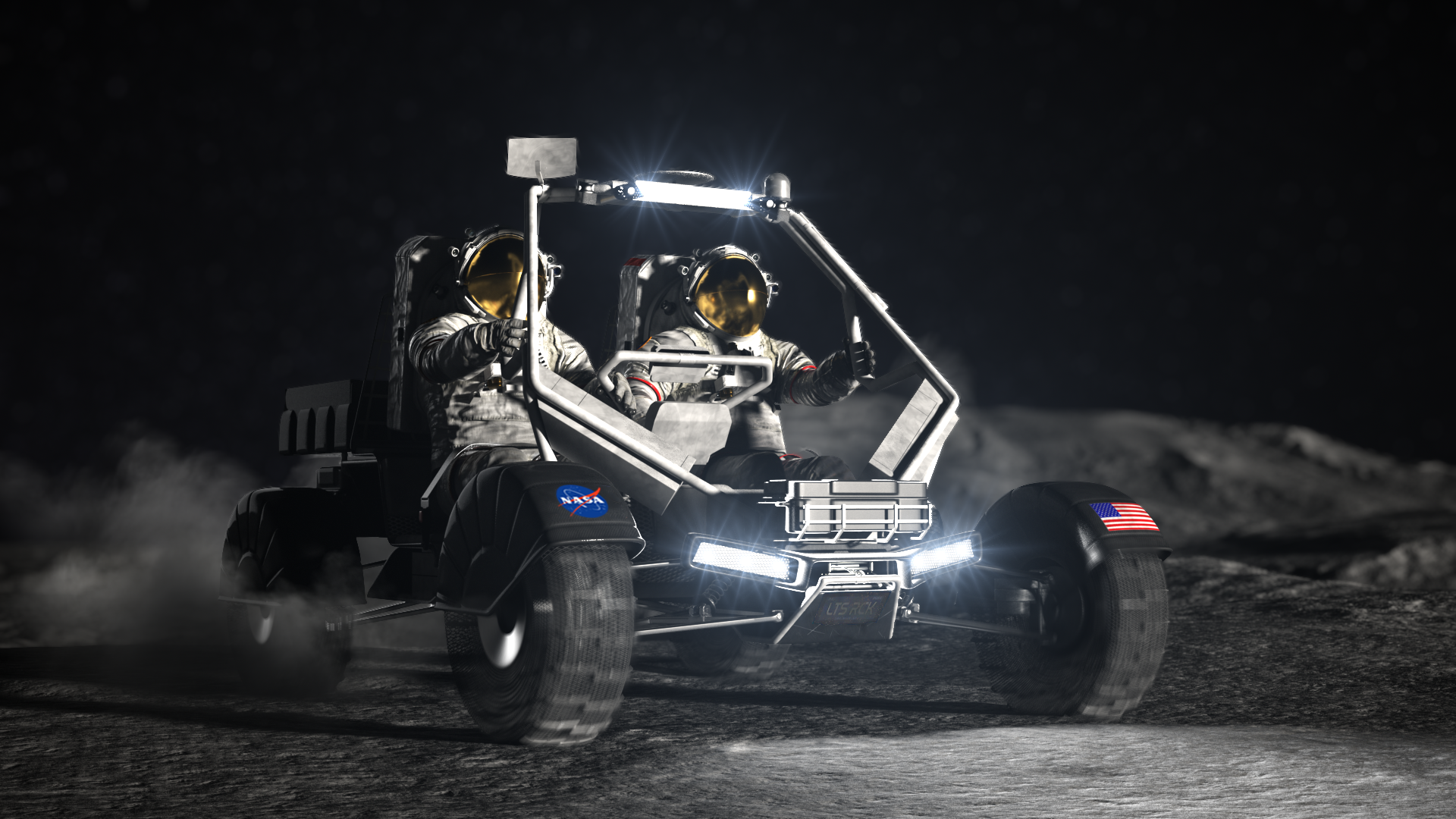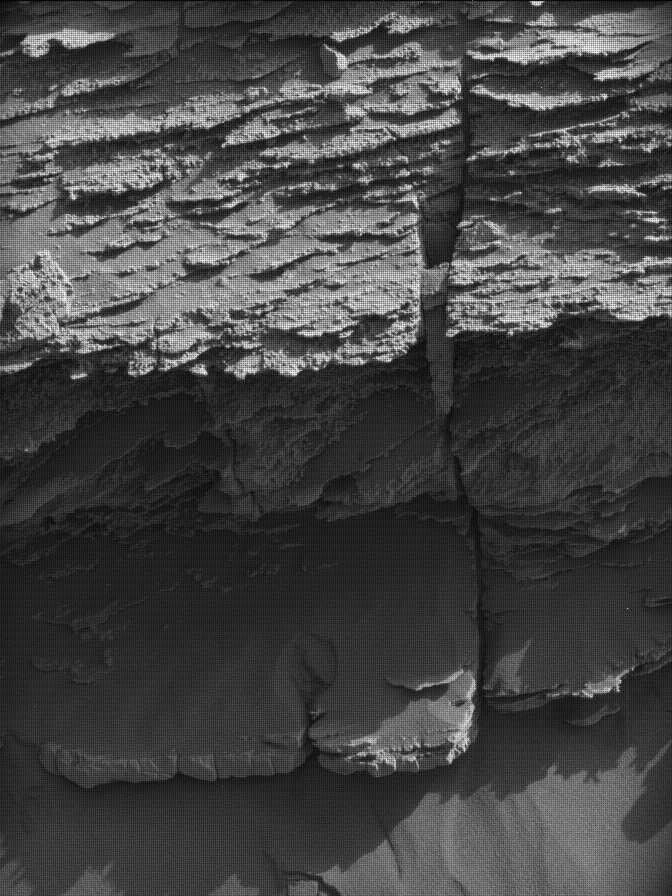Now Reading: NASA Unveils Instruments for Artemis Lunar Rover
-
01
NASA Unveils Instruments for Artemis Lunar Rover
NASA Unveils Instruments for Artemis Lunar Rover

Fast Summary
- NASA selects three scientific instruments for lunar exploration under the Artemis campaign:
1. Artemis Infrared Reflectance and Emission Spectrometer (AIRES): Maps lunar minerals and volatiles in the south polar region.
2. Lunar Microwave Active-Passive Spectrometer (L-MAPS): Analyzes subsurface structures and potential ice deposits up to 40 meters below the surface.
3. Ultra-Compact Imaging Spectrometer for the Moon (UCIS-Moon): to conduct orbital mapping of geological features and human impacts on Moon’s resources.
- The Lunar Terrain Vehicle (LTV) will operate as a crew-driven or remotely-controlled vehicle on the Moon, enabling expanded science missions over varied terrains.
- Leading instrument teams include researchers from Arizona State University, University of Hawaii, and NASA’s Jet Propulsion Laboratory.
- Instruments aim to provide data on lunar surface composition, resource locations, and historical insights into rocky worlds for human exploration missions.
- NASA collaborates with vendors Intuitive Machines, Lunar Outpost, and Venturi Astrolab in designing commercial lunar rovers; final selection decisions are expected by late 2025.
Indian Opinion Analysis
NASA’s advancements in preparing robust tools like AIRES, L-MAPS, UCIS-Moon mark significant steps toward deeper exploration of extraterrestrial bodies. For India-a nation with growing ambitions in space research via organizations like ISRO-such developments present both inspiration and competition.Recent collaborations such as Chandrayaan missions reflect a synergy where nations can leverage each other’s discoveries to enhance global knowlege about celestial resources like water ice that could benefit future Mars endeavors or sustainable moon habitats.
India may also reconsider its priorities regarding robotic vs crewed explorations as global space agencies target large-scale scientific breakthroughs alongside economic utilization prospects. Neutral observation highlights that this progress underlines how international cooperation aligns with national expertise to multiply benefits rather than duplicate efforts across borders.


























